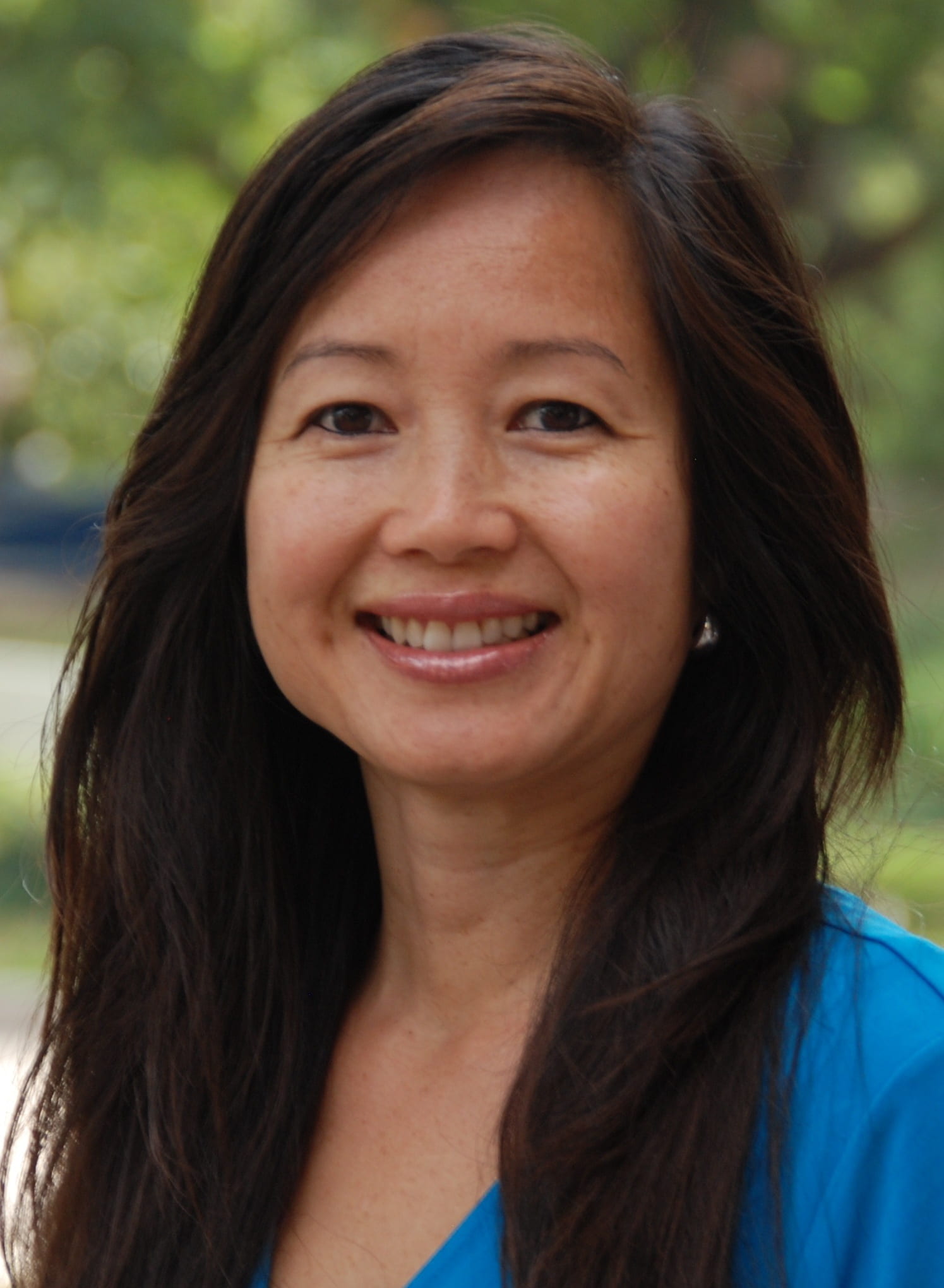UCI-led study identifies assets, needs of county's fastest-growing immigrant community
Uniform treatment masks Asian American, Native Hawaiian, Pacific Islander diversity

Irvine, Calif., Jan. 25, 2018 — Treating Orange County’s Asian American, Native Hawaiian and Pacific Islander communities as a monolithic racial group obscures the unique needs of those who are most disadvantaged and vulnerable, according to a new study led by University of California, Irvine researchers.
With 21 percent of its 3 million residents falling into one of these demographic categories, Orange County is home to the third-largest AA&NHPI community in the U.S. Between 2000 and 2010, the local Asian American population jumped 41 percent, and Native Hawaiians and Pacific Islanders increased by 17 percent, while the county’s total population expanded by just 6 percent – making the AA&NHPI population the fastest-growing as well. In addition, AA&NHPIs make up Orange County’s biggest community of recent immigrants, with 62 percent born outside the country.
“Despite these numbers and the rapid growth of the AA&NHPI population, there is little research available describing the distinct cultures and histories across ethnic groups; their social, political and economic contributions to the county; or the needs of a population whose majority is immigrants and refugees,” said Linda Trinh Vo, study co-author and UCI professor of Asian American studies.
To fully grasp the impact of these demographic changes and to provide insights into community issues, Vo and co-author Laureen D. Hom, a Ph.D. candidate in urban planning & public policy, identified the major needs and assets of the AA&NHPI population in six areas: building sustainable communities; economic development and disparities; K-12 and higher education; healthcare services; political participation and civic engagement; and civil rights advocacy.
Their findings and policy recommendations are contained in a report called “Transforming Orange County: Assets and Needs of Asian Americans & Native Hawaiians and Pacific Islanders,” published by the Asian Americans Advancing Justice – Orange County organization. In addition to demographic data, it includes excerpts from interviews with 20 community leaders representing different ethnic groups and interests.
“Our most important recommendation is the collection and reporting of disaggregated data in order to better understand the nuanced diversity of the AA&NHPI community, because aggregated data conceals disparities affecting certain ethnic groups, especially Southeast Asians, Native Hawaiians and Pacific Islanders,” Vo said. “We hope this will improve understanding of the specific experiences of AA&NHPI communities and race relations more broadly in Orange County.”
The researchers also advise providing culturally and linguistically accessible outreach and counseling for each area addressed in the study, as well as continuing to enhance AA&NHPI-serving community agencies, cross-ethnic coalitions and organizations that amplify the assets, needs and voices of AA&NHPI community members.
“Implementation of the report’s key policy recommendations will further strengthen our community’s assets and better address needs to help promote equity and improve the quality of life for all in the county,” said Sylvia Kim, regional director of Asian Americans Advancing Justice – Orange County.
The research project involved UCI’s School of Humanities, School of Social Ecology and School of Social Sciences, with funding support from the Long Family Foundation, the Kay Family Foundation, Wells Fargo, St. Joseph Hospital and the School of Social Sciences.
“The idea for this began in 2016 when Sylvia Kim and I discussed the need for a baseline study of the Orange County AA&NHPI communities and their economic, social and healthcare needs,” said Bill Maurer, social sciences dean. “We enlisted the expertise of sociologist Linda Vo, and she tapped Laureen to assist her. This study is a really terrific example of cross-campus collaboration with the community to address and find effective solutions for local social issues.”
About the University of California, Irvine: Founded in 1965, UCI is the youngest member of the prestigious Association of American Universities. The campus has produced three Nobel laureates and is known for its academic achievement, premier research, innovation and anteater mascot. Led by Chancellor Howard Gillman, UCI has more than 30,000 students and offers 192 degree programs. It’s located in one of the world’s safest and most economically vibrant communities and is Orange County’s second-largest employer, contributing $5 billion annually to the local economy. For more on UCI, visit www.uci.edu.
Media access: Radio programs/stations may, for a fee, use an on-campus ISDN line to interview UCI faculty and experts, subject to availability and university approval. For more UCI news, visit wp.communications.uci.edu. Additional resources for journalists may be found at communications.uci.edu/for-journalists.